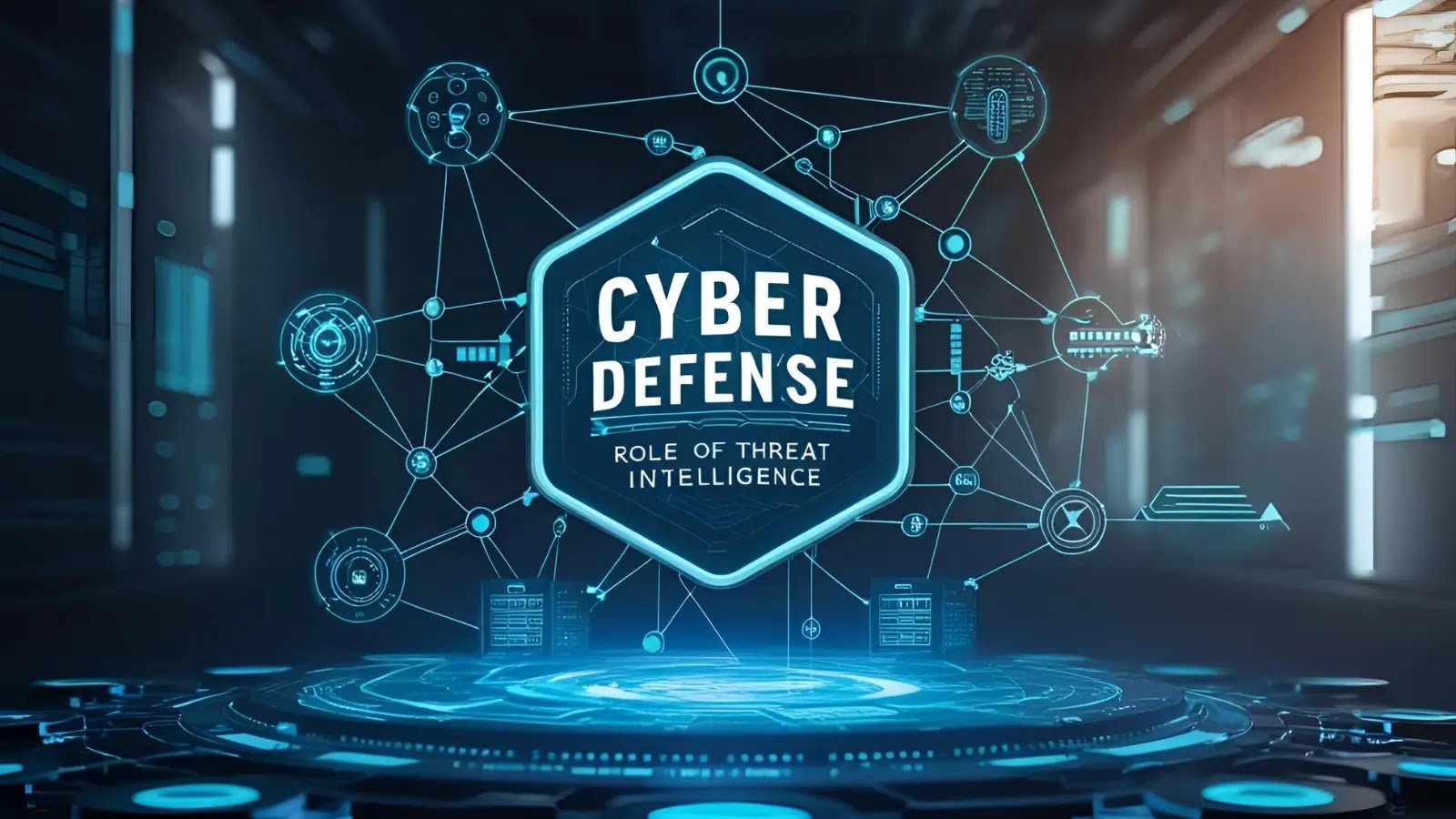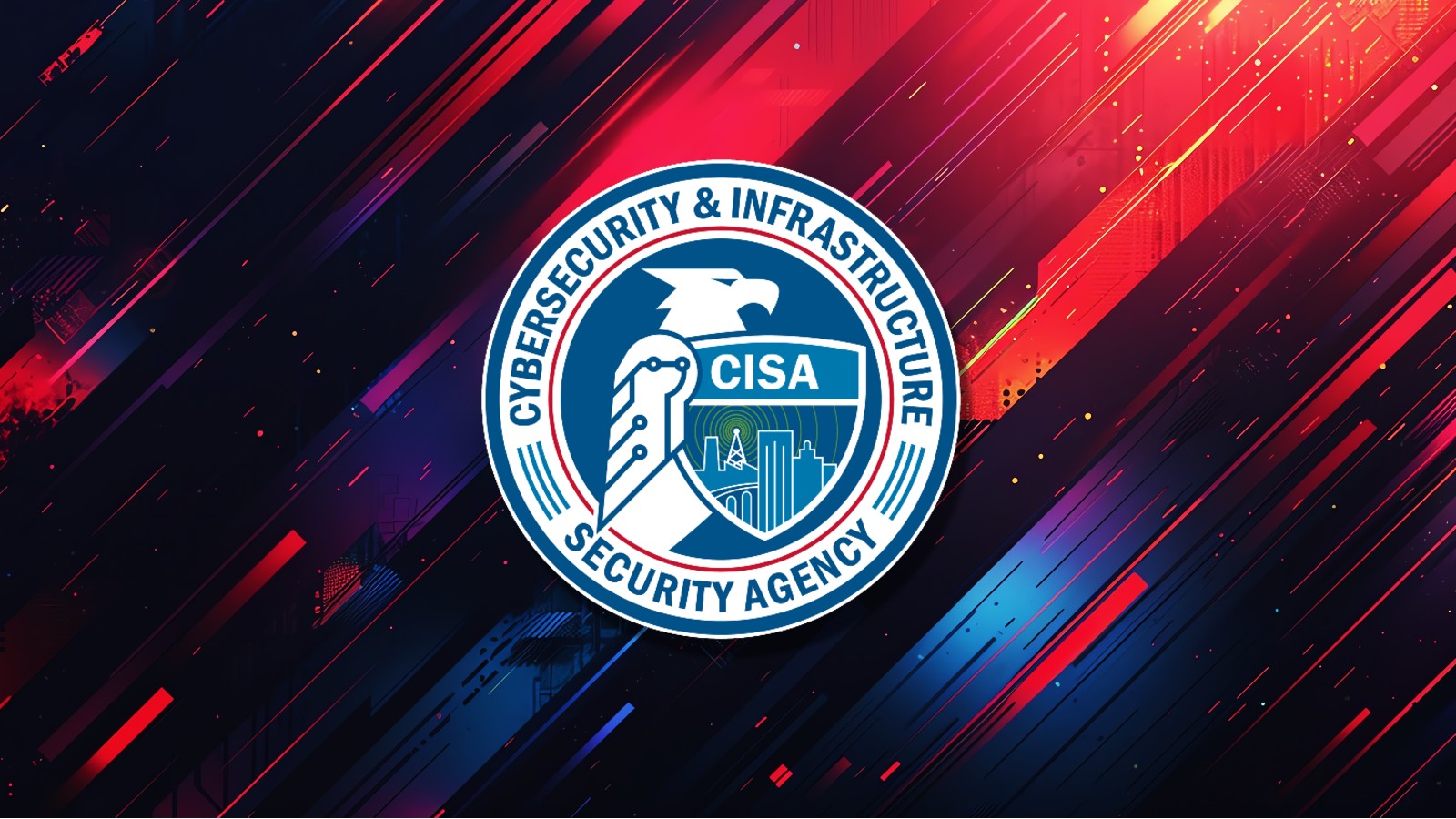.png
)
Introduction to Threat Intelligence
In an era where cyberattacks are not only more frequent but also highly sophisticated, the risk to digital assets, reputation, and business continuity has escalated dramatically. With the financial repercussions of cybercrime shooting up, it becomes pivotal for organizations to adopt proactive defense strategies. Here lies the importance of threat intelligence—it acts as a beacon, providing crucial insights that help in preempting, identifying, and mitigating potential cyber threats effectively.
The Strategic Role of Threat Intelligence
Threat intelligence converts vast arrays of raw data into actionable insights. It scrutinizes the tactics, techniques, and procedures (TTPs) of adversaries, helping security teams evolve from a reactive to a proactive stance. This transformation in approach is essential for keeping ahead of threats and ensuring robust cyber defense.
Key Benefits of Integrating Threat Intelligence:
- Proactive Threat Detection: Identifies potential security threats before they cause harm, using indicators such as malicious IPs and malware signatures.
- Enhanced Decision-Making: Empowers executives by providing detailed analysis on potential geopolitical risks and regulatory shifts.
- Futuristic Security Posturing: Helps in building strategies that are not just responsive but also preventative, keeping organizations one step ahead of cybercriminals.
Practical Applications of Threat Intelligence in Cybersecurity
Using threat intelligence strategically can lead to substantial improvements in the effectiveness of an organization’s cybersecurity measures:
- Incident Response & Mitigation: Supplies real-time data during cyber breaches to help trace, contain, and neutralize threats promptly.
- Risk Management: Provides insights that help prioritize protection efforts towards business-critical assets.
- Regulatory Compliance: Supports adherence to industry regulations by aligning defense mechanisms with legal requirements.
- Red Teaming: Utilizes known threat tactics to test and enhance the organization’s defenses against potential attacks.
Building a Resilient Future with Threat Intelligence
To extract maximum value from threat intelligence, it is vital for businesses to incorporate it throughout all echelons of their cybersecurity infrastructure. This involves enriching SIEM systems with automated threat feeds, integrating protective tools with updated threat databases, and encouraging a collaborative security environment across industries.
- Employing AI and machine learning can aid in the rapid analysis and prediction of attack vectors.
- Promoting a culture of cybersecurity awareness ensures that all organizational levels understand and implement best practices based on the latest intelligence.
This comprehensive integration not only tightens security but also prepares organizations to meet future cybersecurity challenges confidently, making threat intelligence a foundational pillar of modern cyber defense.
Stay Updated: Follow us on Google News and LinkedIn for instant updates on Cybersecurity.
Related: Massive Blow to Cybercrime: 4 Encrypted Networks Unraveled by Global Law Enforcement
Last Updated: April 16, 2025




